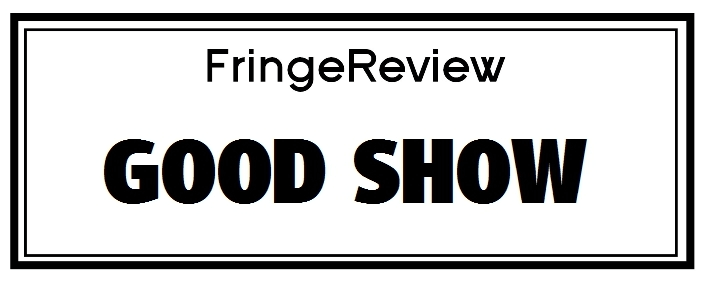Brighton Fringe 2024

Company RAus’s Dido
Company RAu

Genre: Contemporary, Dance, Dance and Movement Theatre, Devised, Experimental, Multimedia, Music, Performance Art, Theatre, Tragedy, Visual Art
Venue: Rotunda Theatre Brighton: Bubble
Festival: Brighton Fringe
Low Down
A solo dance performance with an original soundtrack and virtuoso projected lighting making a triad of performers working together. It takes the story of Dido and Aeneas, and tells of Dido’s love and loss, exploring all the emotions that go with abandonment and despair.
Review
Light, sound and wind introduce this performance. Patterns of light moving over an undulating white sheet with a soundscape that rose and fell like breaking waves. It was attention grabbing and beautiful to watch. The wind was for real, the flaps and fabric of the Rotunda Bubble snapped and creaked throughout.
The care and artistry put into the music and the visuals was obvious, this was a perfect marriage. Tolga Yayalar’s original score always underpinned and supported whatever was happening on the stage while also being a muscular and distinctive performance in its own right. The same could be said for Ataman Girisken’s lighting and visuals which used the soft fabric screen to great effect, projecting ripples of pattern and line, or flooding the stage with deep intense colour.
Korhan Basaran came onto the stage only after we had some minutes enveloped in sound and vision, steeping down from the side of the audience where he had been stationed teaching nearby audience members to make the white paper boats that he carried in his arms.
A text of the bare bones of the story of Aeneus and Dido was projected behind him, which text he recited. This was where I began to feel slightly uneasy – maybe it was the wind (which was howling round the Bubble dome), but it was difficult to hear, and he did not seem to project his voice. It was more reading aloud than storytelling.
Thereafter his dance, spoken words and actions depicted not so much the story of Aeneus and Dido, but the internal story of Dido’s grief and emotions once Aeneas had been taken off by the gods.
Someone once said that once you start asking what a poem means you lost the point of the poetry, and I think a similar thing applies to dance. It’s necessary to allow yourself to be swept up by movement gesture and actions without demanding dry reductive explanations. There were moments when Korhan Basaran’s performance did this, but there were also difficult moments when the effect was confusing, and you are left trying to work out what is going on rather than being carried away. At times when the choreography was jagged, and small, and lacking in that beauty that pure movement and dance can have at its very best, you had the sense of writhing in torment expressed quite literally for too long.
In the last ten minutes the dance and score and visuals began to work together again, coming together in a fiery climax. All in all this production had episodes of power and beauty, but other times when the dance did not cohere with the sound and vision. It was worth seeing for the times when all three mediums of sound, light and dance created an alchemic combination of story and meaning.


















































